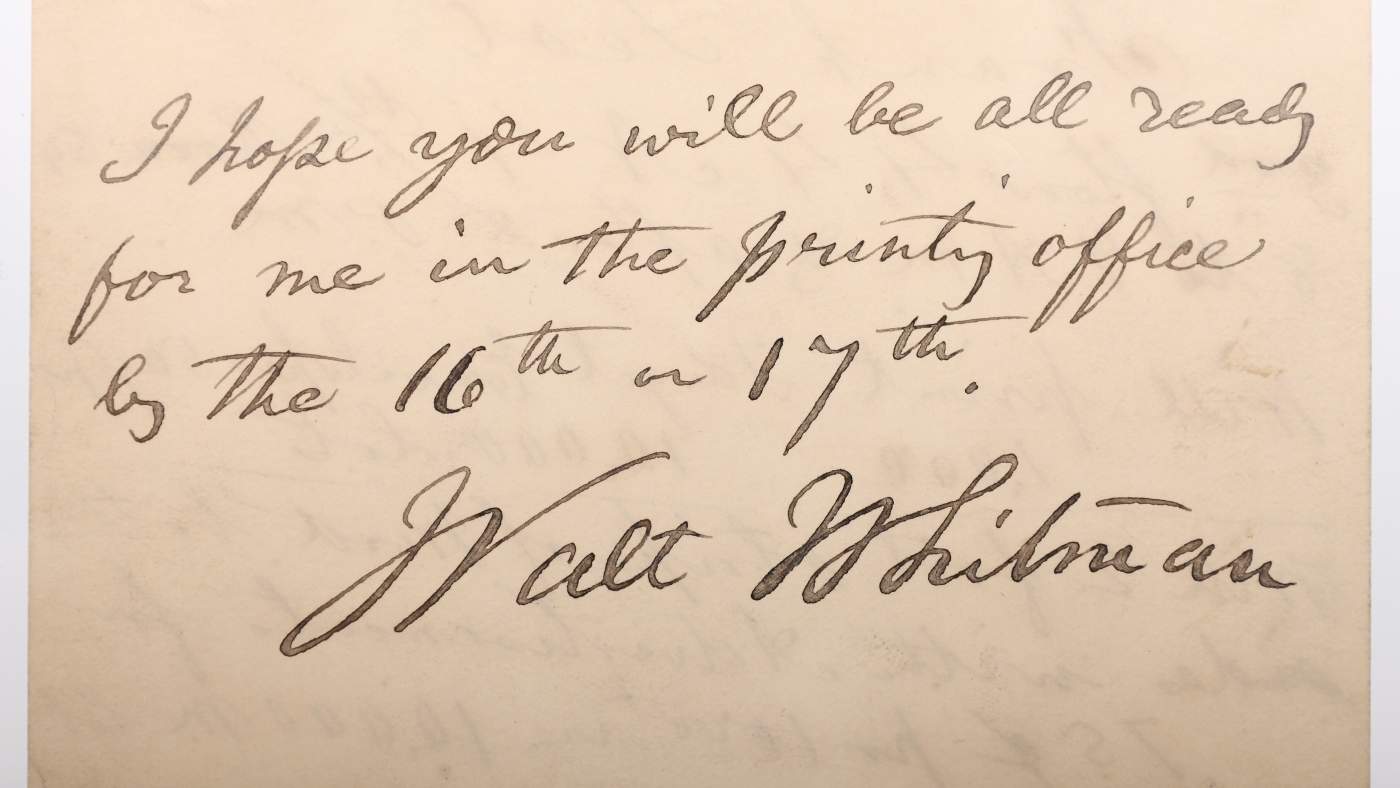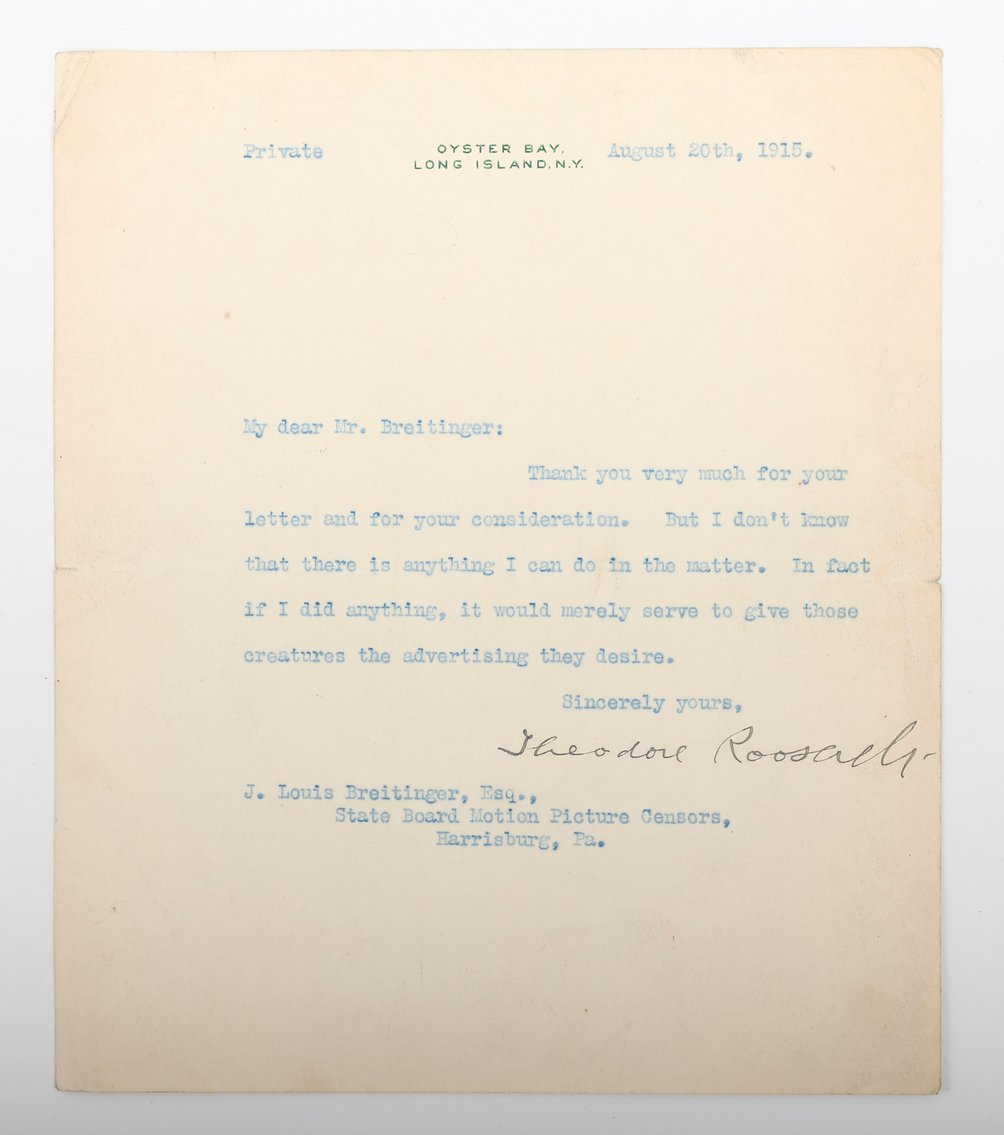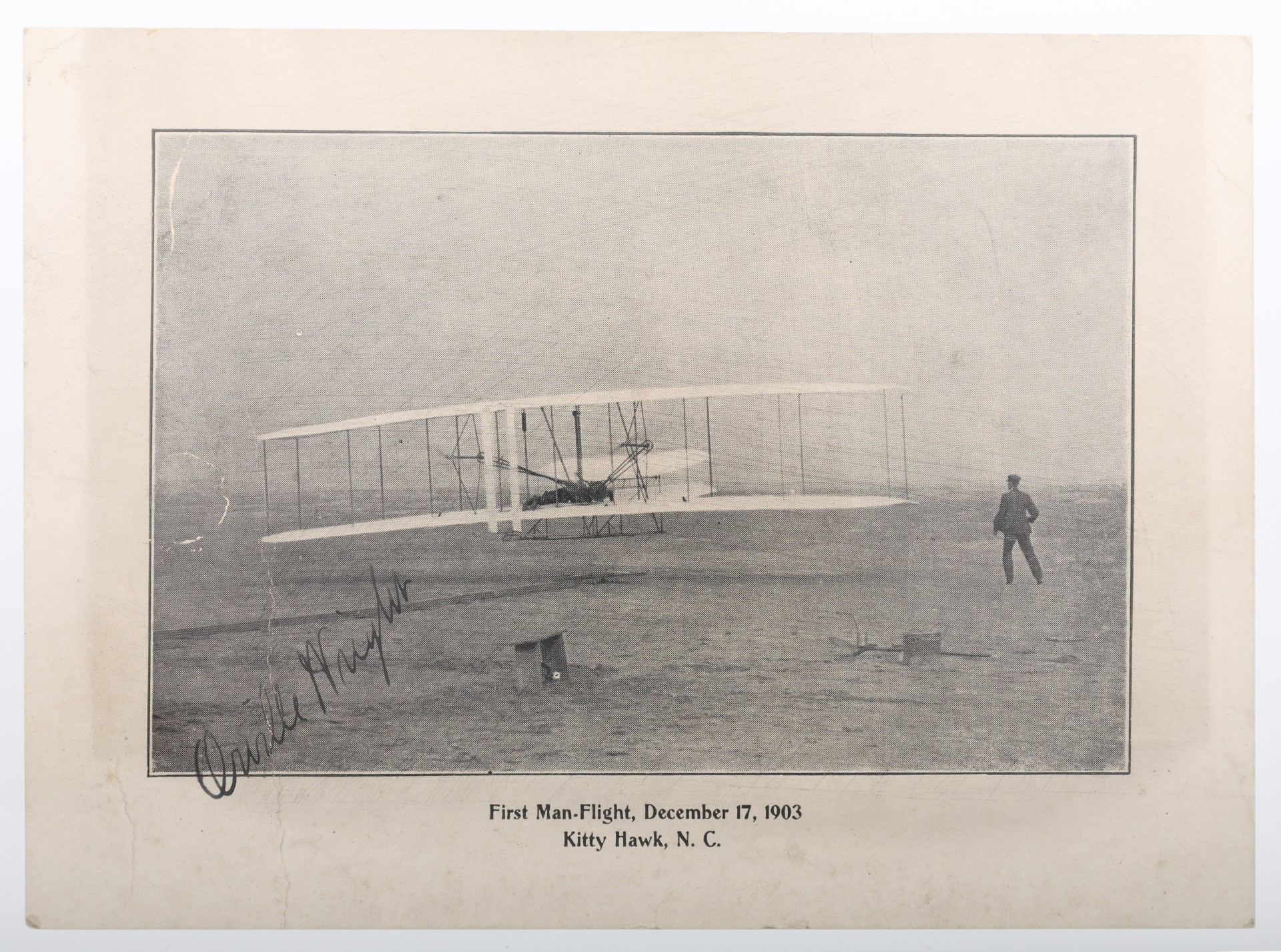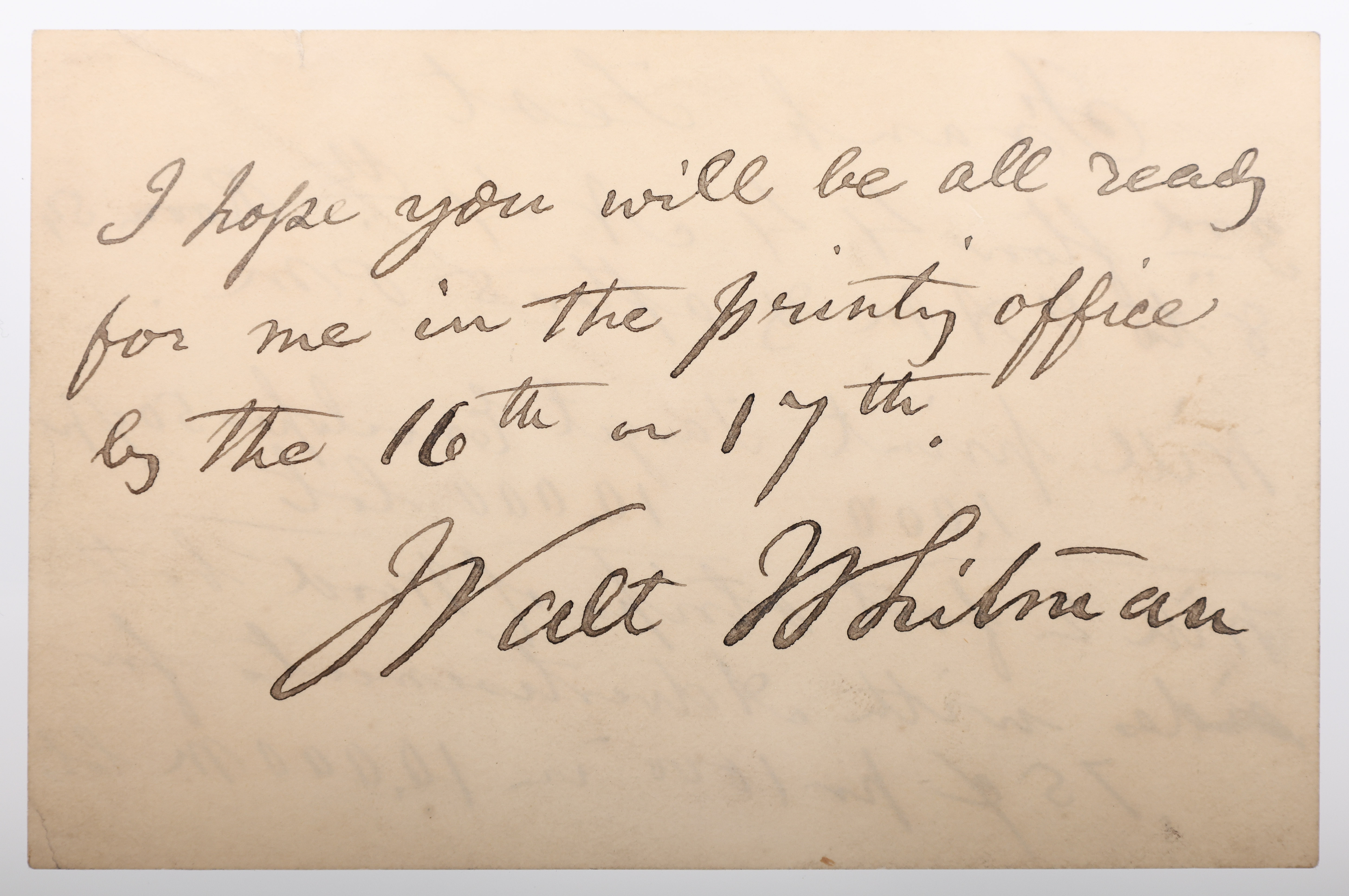Beyond the Signature: Why Content Can Be Worth More Than Ink

Beyond the Signature: Why Content Can Be Worth More Than Ink
Edited by: Christian Answini | Senior Fine Art Specialist
In the world of collecting, an autograph is more than an inked name. The true allure often lies in what surrounds the signature: the story, the historical moment, or the personal insight contained in the document. Content-rich letters and notes frequently outshine plain signatures because they provide context and connection. With our upcoming December 11 fine arts auction, several remarkable autographs illustrate why the message can matter more than the mark.
Theodore Roosevelt’s candid words on censorship
A simple signature from the twenty-sixth president is desirable, but a letter revealing his private thoughts is exceptional. In August 1915, Theodore Roosevelt wrote to J. Louis Breitinger, the chair of the Pennsylvania State Board of Motion Picture Censors. The former president politely declined to lend his name to a public campaign, explaining that commenting on the issue would only give “those creatures the advertising they desire.” The note, typed on his Oyster Bay letterhead and marked “Private,” shows Roosevelt’s awareness of how publicity worked and his reluctance to fuel a cause he opposed. It also connects to his broader reputation as a progressive reformer who championed antitrust actions, conservation, and a strong but principled government. Collectors appreciate the way this letter merges his famous signature with his characteristic plainspoken insight.

Henry Knox and the Whiskey Rebellion
Letters that capture turning points in national history are highly coveted. Henry Knox’s December 1794 message to Pennsylvania Governor Thomas Mifflin is a prime example. Written on Department of War stationery, Knox relayed a resolution of thanks from the House of Representatives for the militia’s role in suppressing the Whiskey Rebellion. The letter lauds the citizen-soldiers who rallied to uphold federal law and urges all Americans to remember that obedience to the laws and defense of country are sacred duties. Knox was more than just a signature—he was a Revolutionary War hero, the chief of artillery under George Washington and the first Secretary of War. His letter places his autograph within the urgent context of an armed insurrection and the young nation’s efforts to assert federal authority, making the document far more meaningful than a detached signature.

Franklin D. Roosevelt on hydrotherapy and hope
Franklin Delano Roosevelt’s struggle with polio and his belief in hydrotherapy gave rise to one of his most personal legacies. After contracting the disease in 1921, he invested much of his inheritance in Warm Springs, Georgia, where he established a rehabilitation center that offered hydrotherapy to children and adults with paralysis. In July 1931, while serving as governor of New York, he wrote to Louise Winch of the Association for Crippled and Disabled. The letter doesn’t offer medical advice—it comes from a patient and advocate who testifies that hydrotherapy at Warm Springs “has been very successful in producing excellent results.” The content connects his signature to his personal battle with illness and his commitment to helping others. For collectors, such a letter stands at the intersection of medical history, disability advocacy and presidential biography.

Orville Wright and a moment frozen in time
Sometimes a signature gains weight because of the image it graces. Orville Wright’s autograph appears on a printed photograph of the first powered flight at Kitty Hawk, North Carolina. On December 17 1903, after years of experimentation, Orville piloted the Wright Flyer for a 12‑second, 120‑foot flight that launched the age of aviation. The photograph captures the biplane lifting off the sand while Wilbur races alongside. Having Orville’s signature diagonally across the image transforms the print from an illustration into a tangible link to the dawn of flight. Collectors value this not just because of the signature but because it memorializes one of history’s most dramatic technological breakthroughs.

Walt Whitman’s practical note from the printer’s desk
Walt Whitman’s literary significance makes any autograph desirable, but handwritten notes revealing his everyday life are particularly engaging. A small card in his hand advertises “Target Envelops” and asks a printer to be ready for him on the sixteenth or seventeenth. On the reverse, he confirms his plans. It’s an unvarnished glimpse into the business side of a poet who is often mythologized. Whitman, a former printer and newspaper editor, is celebrated for Leaves of Grass and for pioneering a distinctly American voice. The fact that he was still involved in printing logistics late in life provides a layer of humanity that appeals to collectors; it turns an autograph into a narrative about the poet’s craft and livelihood.

Also featured in the auction - Autograph of Inventor Nikola Tesla

Why content matters
These examples show that a signature can be far more than a name. Roosevelt’s frank assessment of motion picture censorship, Knox’s reassurance after a domestic uprising, FDR’s advocacy for hydrotherapy and Whitman’s printing instructions all offer windows into the minds and moments of influential Americans. Even Orville Wright’s signature gains resonance when paired with an image of his milestone flight. Content gives context, and context creates connection. In collecting, that connection often translates into greater value because it speaks to the heart of what motivates collectors: a desire to touch history, to see personality behind the pen, and to own a piece of a story.
On December 11, our fine arts auction will feature these remarkable autographed documents. Each one illustrates the central idea that the story surrounding a signature—whether it’s a letter, a photograph or a printed card—is what elevates an autograph from a mark of identity to a treasure of history.










